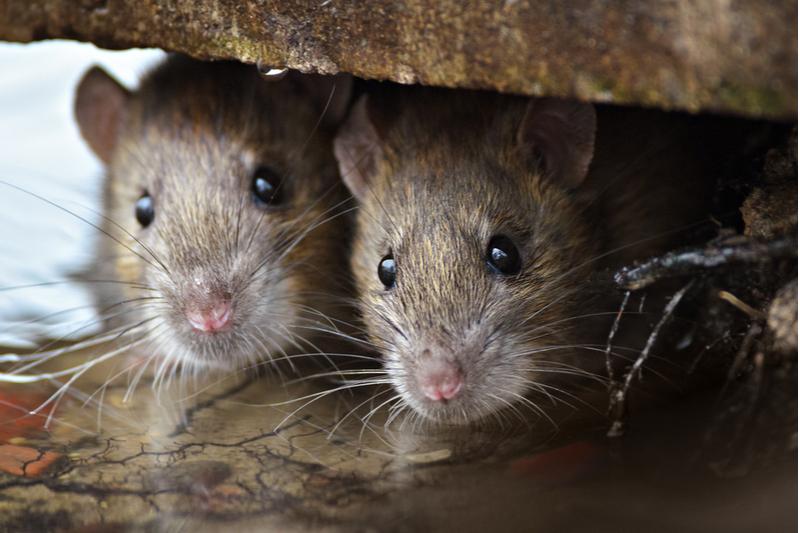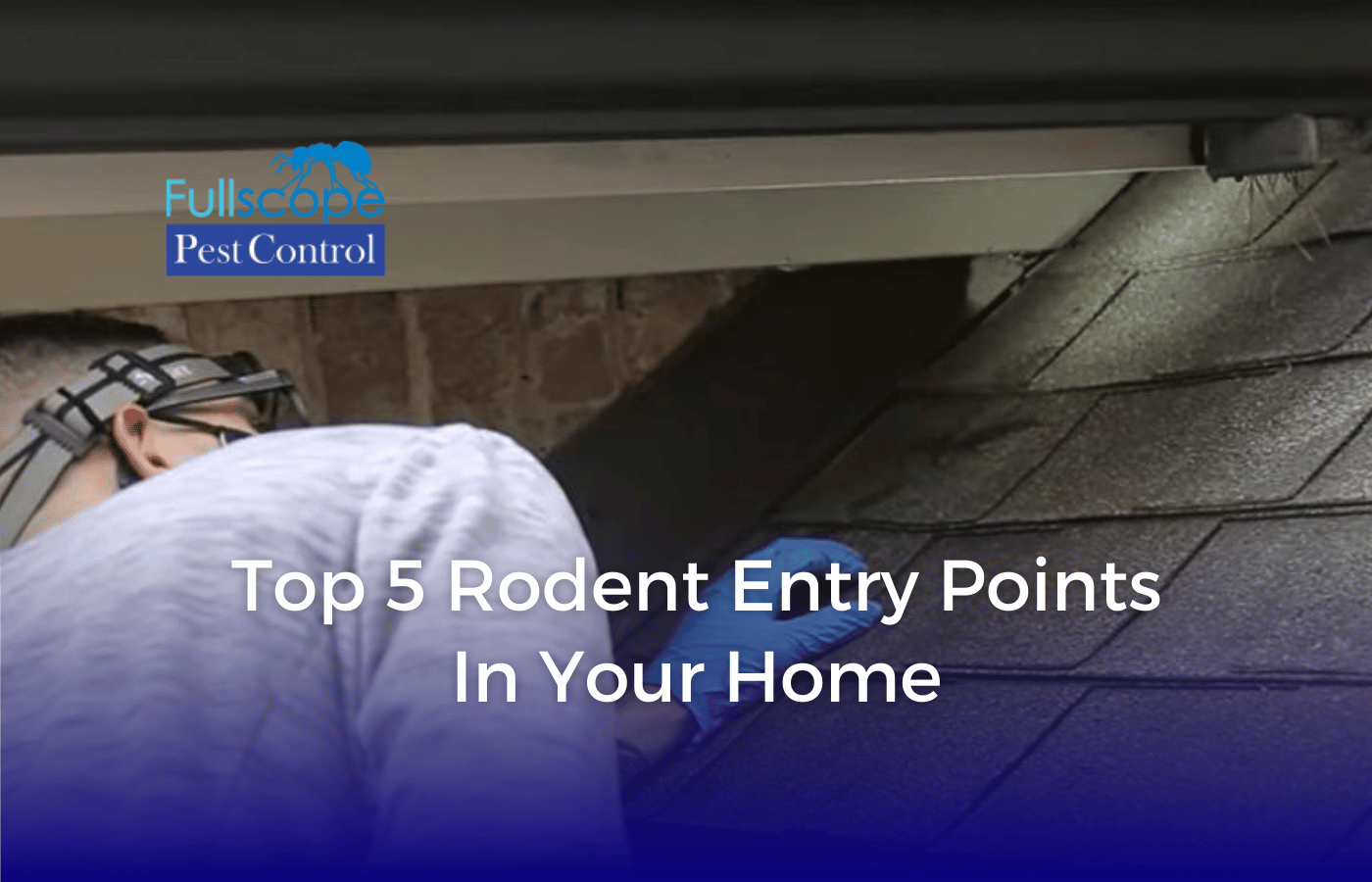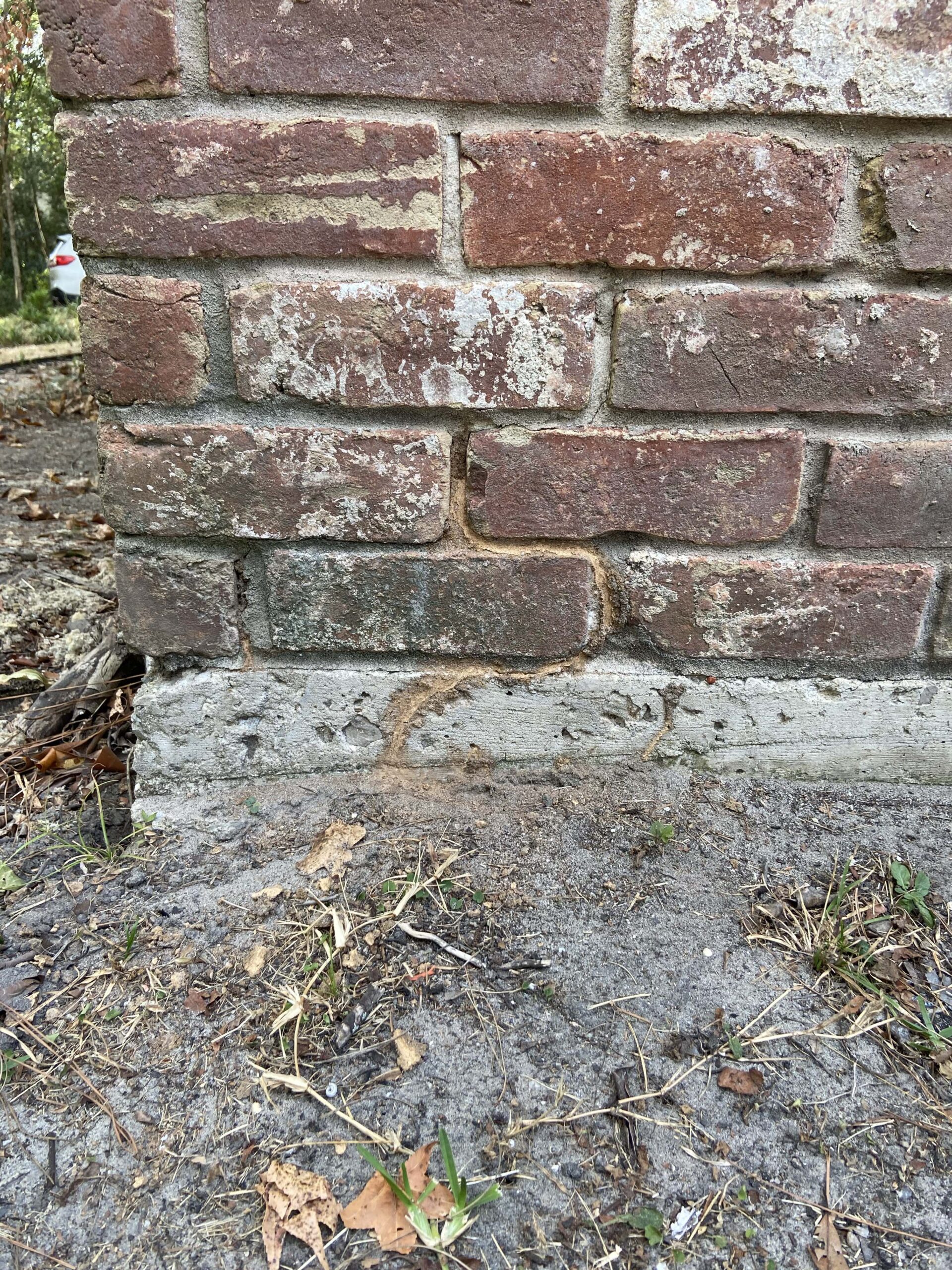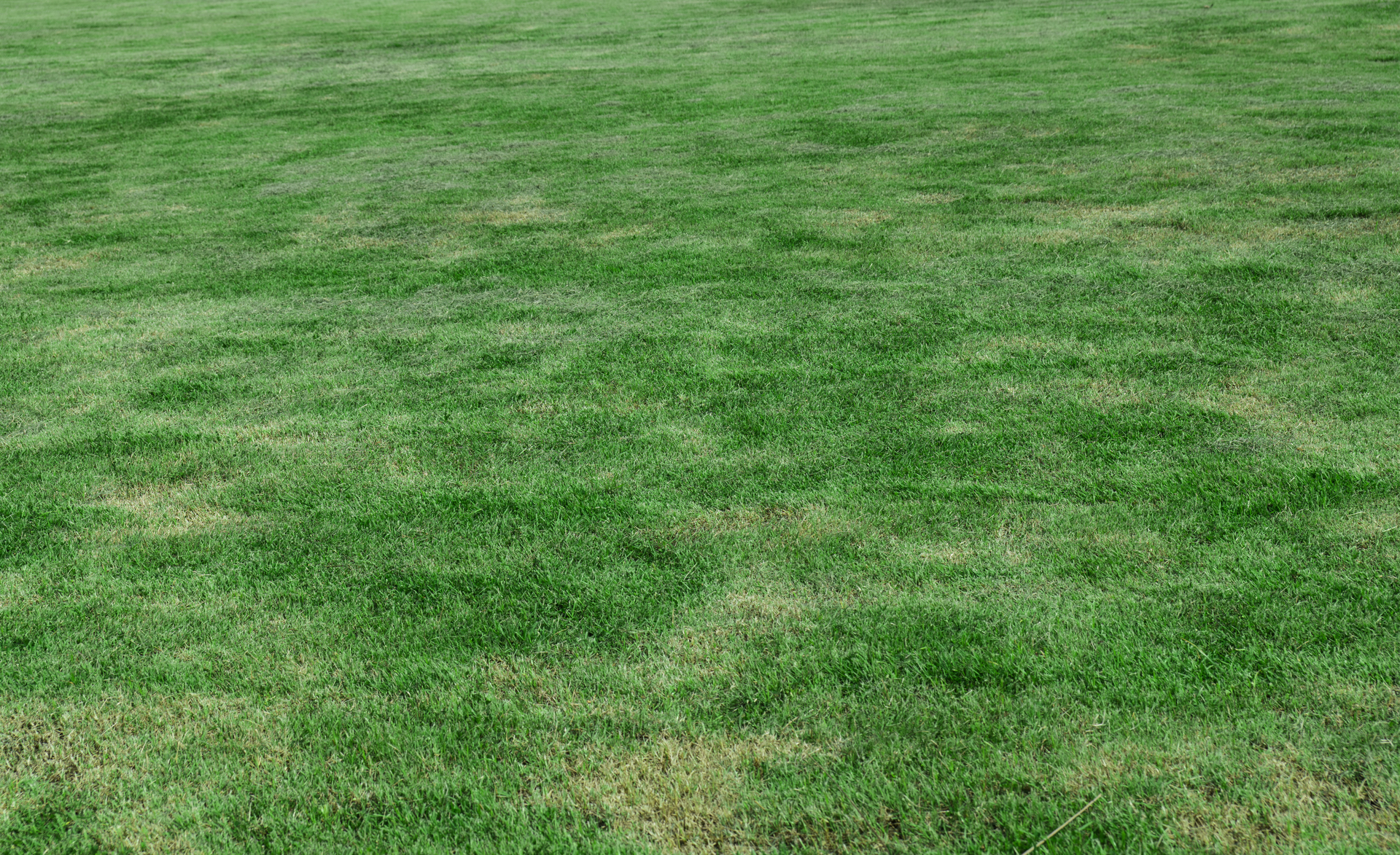Rodent infestations have been known to cause extensive property damage and health hazards. For property managers and homeowners, proactive rodent prevention is a matter of pest control and a vital aspect of environmental safety and hygiene. Below is a guide elaborating on some common entry points and techniques in effective rodent control toward safeguarding your property.

Identifying Vulnerable Access Points
Doors and Windows
During door and window inspections, check for weatherstripping and caulking around frames that may have deteriorated or opened a gap. Thresholds at the bottom of the doors should be tight to prevent intrusion. Pipe and wire gaps around doors and windows should also be checked because these are avenues of entry.
Recommended Actions:
- Replace damaged weatherstripping and caulking around doors.
- Install door sweeps.
- Seal any other holes or gaps with rodent-resistant materials like steel wool and caulk.
Foundation
Inspect the foundation and walls for cracks, holes, or gaps, with a particular emphasis near ground level and corners. If your property has a crawlspace, carefully inspect it for signs of rodent activity and potential points of entry.
Recommended Actions: Fix cracks and holes with patching compounds and seal smaller gaps with tough sealant.
Roof and Attic
Given their climbing abilities, one must also inspect the roof and attic. All roof vents and attic vents should have tight-fitting, rodent-proof covers. Eaves should be closely inspected for any gap or hole permitting rodent entry. Check for a chimney cap or screen to prevent access via this avenue.
Recommended Actions: Replace vent covers with rodent-proof material, seal eaves, and install a chimney cap.
Utility Lines
Utility lines can also be points of entry for rodents. Inspect carefully where pipes enter the structure inside and out for holes or gaps. Similarly, check gaps around cables and wires, especially around the foundation.
Recommended Actions: Fill the gaps with steel wool, caulk, or expanding foam. Install rodent-resistant collars or grommets.
Garage
Lastly, remember the garage: Garage door seals should be checked for gaps around the bottom and sides. The garage walls and ceiling should be checked for openings or weaknesses. Remove the garage from clutter and debris to reduce potential harborage sites.
Recommended Actions:
- Install a garage door sweep.
- Seal openings.
- Maintain regular cleaning and organization.
Recognizing Signs of Infestation
Rodent infestations can still occur even with efforts at prevention. Early detection has been the method for effective rodent control:
- Droppings: Evidence of rodent droppings is primarily in the kitchen, pantry, and basement areas.
- Gnaw Marks: Evidence of chewing on furniture, wiring, and packaging.
- Unusual Noises: Scratching or scurrying sounds in the walls or attic, particularly at night.
- Nests: Nest discoveries made out of shredded material.
A qualified pest control professional should be called in for assessment and remediation if an infestation is suspected.
Conclusion
Rodent exclusion is a crucial part of integral pest control. By taking measures that will prohibit them in advance and being observant, home and business owners can lessen the chances of rodents infesting a property and creating hazardous conditions for them. If you need effective rodent control, don’t wait; call Fullscope Pest Control experts to help you today. Our experience and expertise are just precisely what you need for all your rodent problems and a no-bug home.




